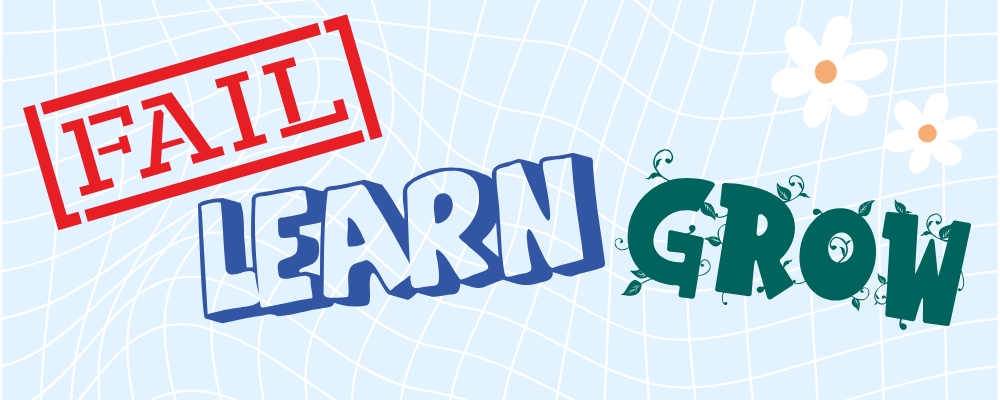How Redefining Organizational Communication Creates Stronger Culture
RAFT Team, April 24, 2023
Almost every organization runs into difficulties with communication. Someone may miss an email about a meeting. A staff member may leave a volunteer in the dark about an upcoming event. Disruptions occur from time to time.
In this article, we’ll define organizational communication, discuss ways communication influences organizational culture, and the benefits of strong communication practices.
What is Organizational Communication?
Most organizations have a narrow definition of their communication. They see it as a tool to share information and use it to give directions, plan schedules, request information, or make announcements. This most often happens through email, slack, memos, or face-to-face interactions.
This type of communication works on a day-to-day, functional level. But it’s not as beneficial when you’re seeking change or growth of any kind. Instead of limiting your interactions to the exchange of information, what if you defined your communication as the vehicle that shaped and defined your organization’s culture? What if you made space for a variety of interpretations, reactions, and responses? What if you focused your approach on each individual and their growth instead of a way to convey facts and figures?
In the same way each family or relationship has its own communication style that creates its unique identity and method of doing things, the way your organization communicates and interacts daily creates a distinct value system. From the way staff greets one another to how you run your meetings, interactions show people their place in the organization’s hierarchy. They shape expectations and define the norms of operation. Your willingness to examine these conscious or unconscious values provides opportunity for improvement and growth.
How Does Communication Influence Organizational Culture?
When people become the focus of your interactions instead of information dissemination, you create an environment of trust. Putting people first changes communication from a basic exchange into something that aids in resolving disputes, strengthens connections with those who work and volunteer for the organization, helps identify hidden prejudice, and encourages collaboration.
Deeper communication transforms your workplace into a place of growth. You provide a haven of equity that allows all voices to be heard. You create a bastion of servant leadership rather than a top-down approach. And you establish a place of responsiveness instead of reactivity. This culture shift creates greater job satisfaction, effectiveness, and resilience.
How Can You Improve Your Communication Practices?
Transactional communication takes the easiest route to accomplish tasks. It continues the mantra of “this is how we’ve always done it.” Instead, when you define organizational communication as the source of your company’s social and operational norms, you allow yourself to ask the hard questions that push you to be the very best you can be, both individually and as a team. Consider these questions:
- Can we make our conflict resolution process easier?
- Can we improve interpersonal relationships?
- How are we defining great leadership?
- Are we growing the talents of each team member?
- Do we need to address any imbalance of power?
- Are all voices being heard?
- How are we defining masculinity and femininity?
- Are we engaging with our outside community effectively?
- Are we honoring our volunteers and their investments of time, talent, and finances?
When you define organizational communication as the web that holds people and practices together instead of just a thing to get a job done, you can readily embrace change and grow into a more effective voice in your broader community.







